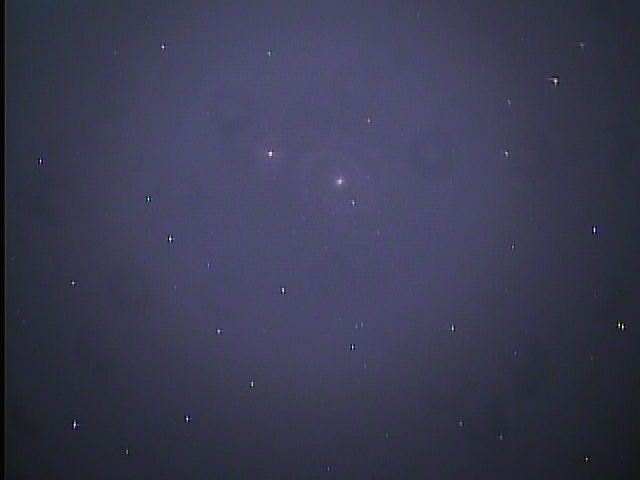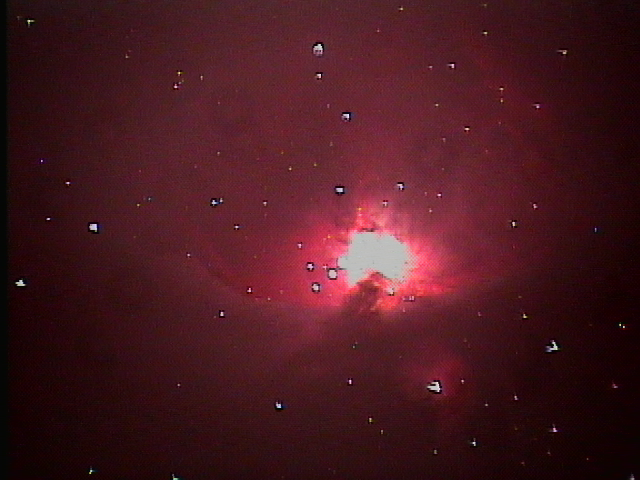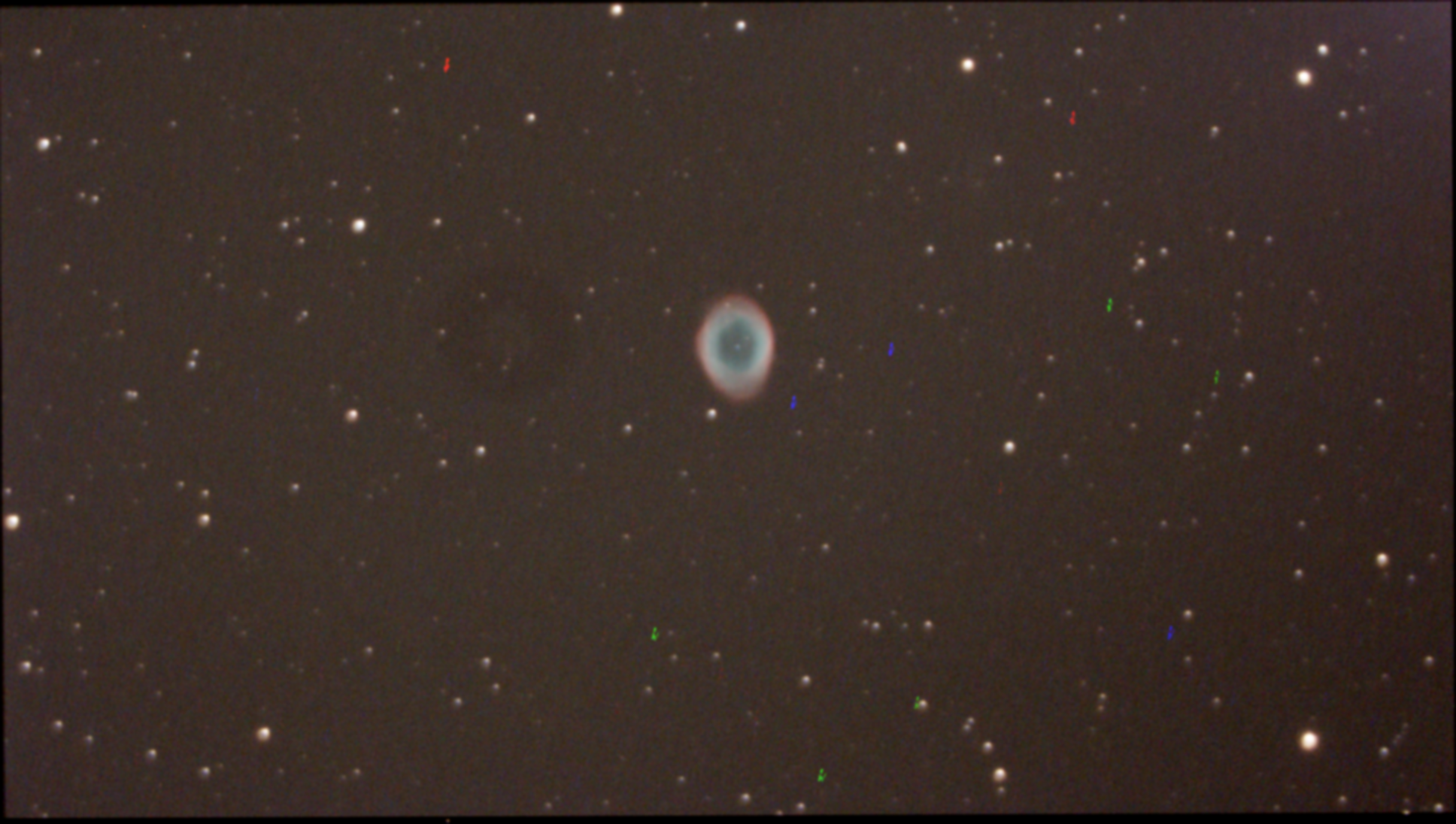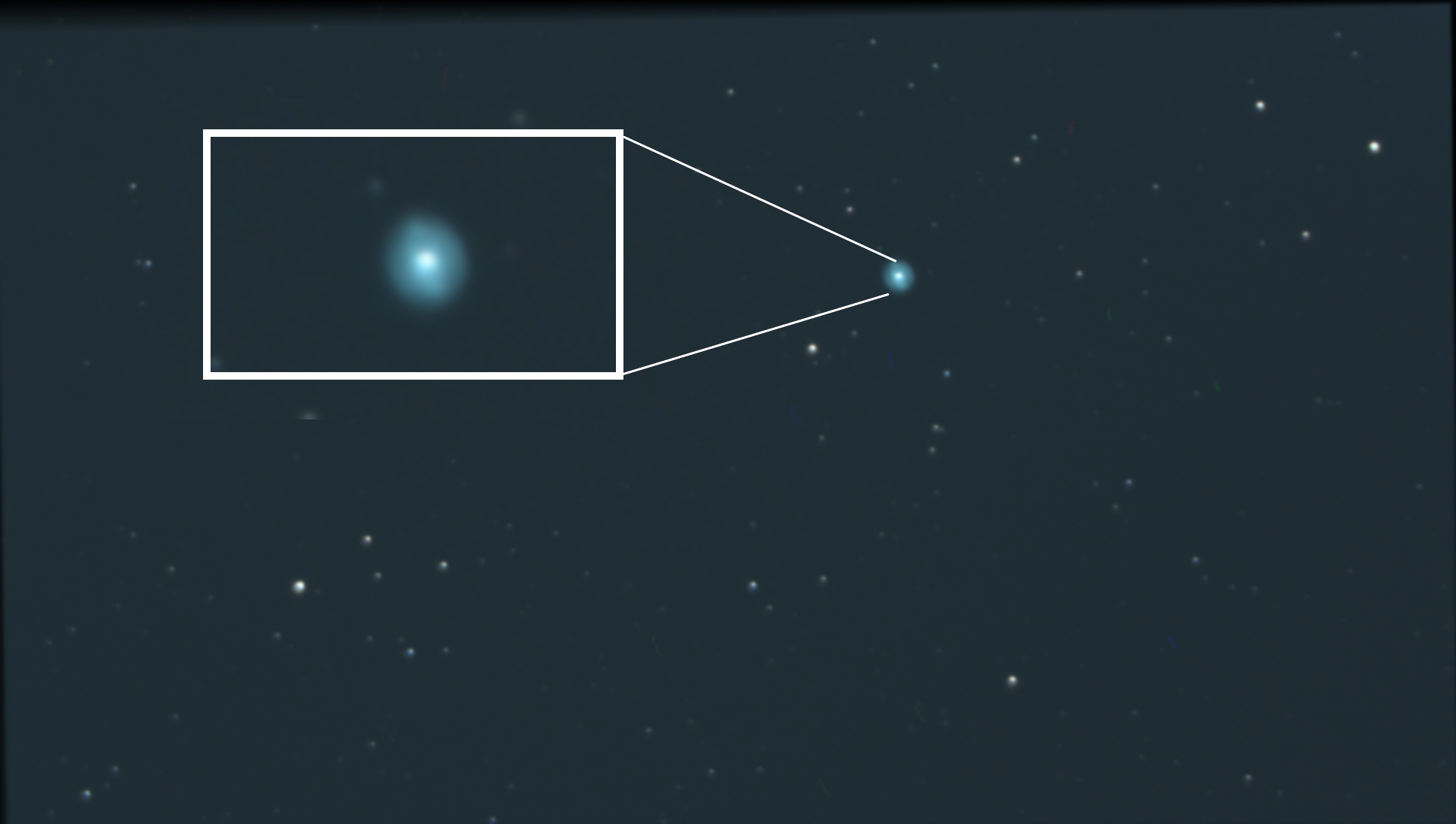Electronically Assisted Astronomy in 2024: Revolutionizing Stargazing

Imagine looking into the night sky, witnessing hundreds upon thousands of stars and noticing faint whispers of the Milky Way's core or the Orion Nebula. For the vast majority of the population this is nearly impossible. The inundation of ever increasing light pollution has dimmed our prospects of successful stargazing. However, there's a branch of amateur astronomy that counteracts the nighttime glow. Enter the magic of electronically assisted astronomy (EAA). In 2024, this cutting-edge approach is revolutionizing the way amateur astronomers explore the night sky. Did you know that EAA can reveal celestial objects up to 5 magnitudes fainter than what's visible through traditional eyepiece observation? Get ready, stargazers – we're about to embark on a journey through the cosmos, powered by pixels and persistence!
What is Electronically Assisted Astronomy?
EAA is a branch of amateur astronomy that uses modern electronics to enhance the stargazing experience. It's more involved than the simple telescope set up of visual astronomy and less time consuming than astrophotography. A simple equipment setup for EAA includes a computerized telescope, camera, and computer. Some devices available today allow you to bypass the computer using only your smart phone or tablet. Before the widespread availability of laptop computers, EAA hobbyists used CCD cameras and video monitors to see faint objects in the sky. The CCD cameras used were very similar to those used for security cameras. The mainstream use of laptop computers and CMOS sensors have enabled EAA to evolve into what it is today. Eventually EAA will become even easier enabled by smaller computers and Wifi seen in the use of smart telescopes.
The Technology Behind EAA
If amateur astronomy is already a hobby of yours, you probably already have most of the equipment needed to start! Here is a list of the essentials:
- Computerized Telescope
- Laptop Computer
- Image Capture Software such as SharpCap
- Camera
Computerized Telescope
The term "computerized telescope" is somewhat misleading. The computerized part refers to the mount. A computerized mount, more commonly referred to as "goto" usually has hand controller that includes a catalog of objects along with algorithms to align the telescope based on location, year, and time of year. The mount itself contains a controller for movement - determined by the mount type, alt-az or equatorial.
A computerized telescope is the most essential piece of equipment for an EAA session. It allows for capturing long-exposure images that are aligned for stacking to make subtle details appear within minutes on-screen.
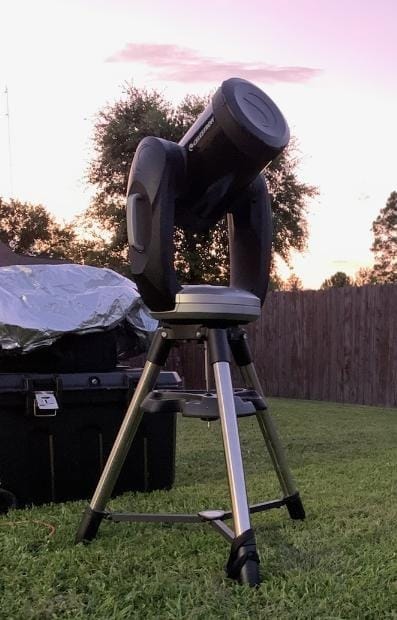
Laptop Computer
Almost any laptop works for EAA as long as it's portable. You'll want to use something that has decent processing speed and will meet the requirements of the software you choose. Which brings me to the next point. Whatever software you choose, you'll need to make sure it's compatible with your operating system. SharpCap, a very popular EAA software, only works with Microsoft Windows. If you own a Mac, you're still in luck. The dominant astronomy camera maker, ZWO, has software for Macs.
Camera
The requirements for a camera aren't as loose as those for a laptop computer. You could theoretically use your smart phone camera or DSLR (and there are people who do it), but EAA is made much easier with a dedicated astronomy camera. There are quite a few brands out there - ZWO, QHY, Player One Astronomy, and Svbony are a few of the brands out there.
A great website top check out is astronomy.tools. This site allows you to match different cameras with different telescopes to see how many different objects will be framed. When using this website, pay close attention to specs of the camera model's sensor size and telescope's focal length. One of the most important aspects of choosing a camera is the sensor size. A small camera sensor (1/3") paired with a long focal length telescope (without a reducer) could possibly prevent you from viewing large objects such as many nebulae.
Results
There you go! You'll be well on your way into digging through the light polluted skies to see fabulous and amazing things! There are different techniques that I'll point out in a future article that'll make those nighttime objects even more fascinating. Here are a few pictures of what you can see with the most basic equipment:
